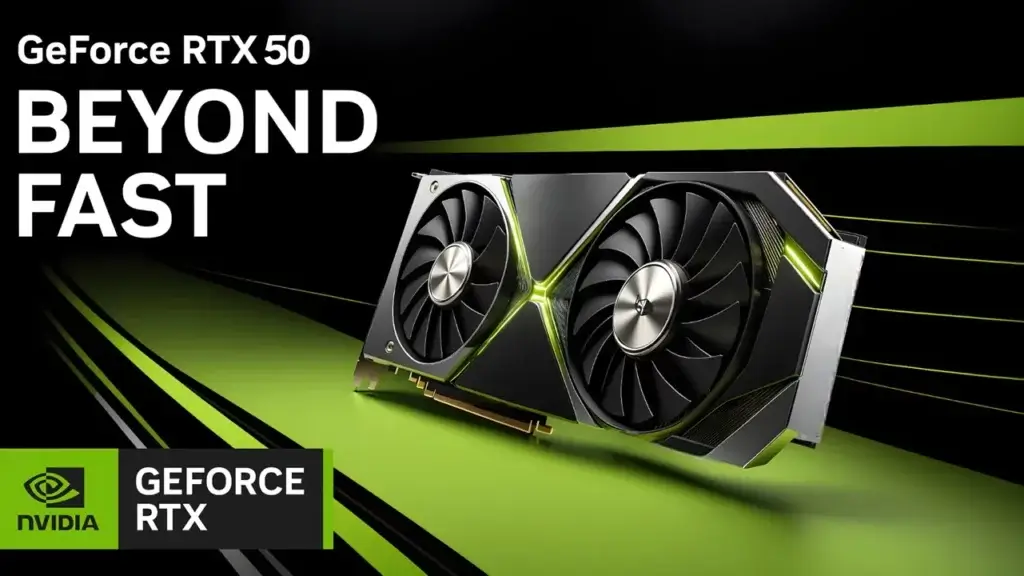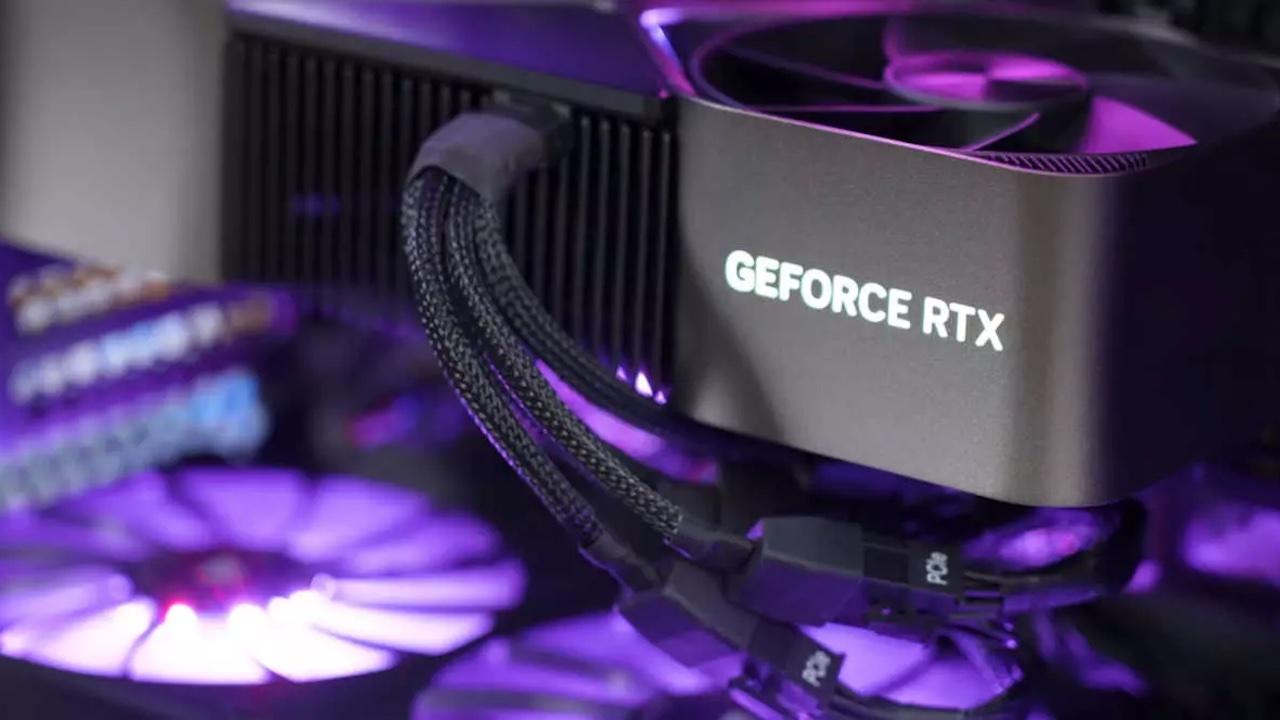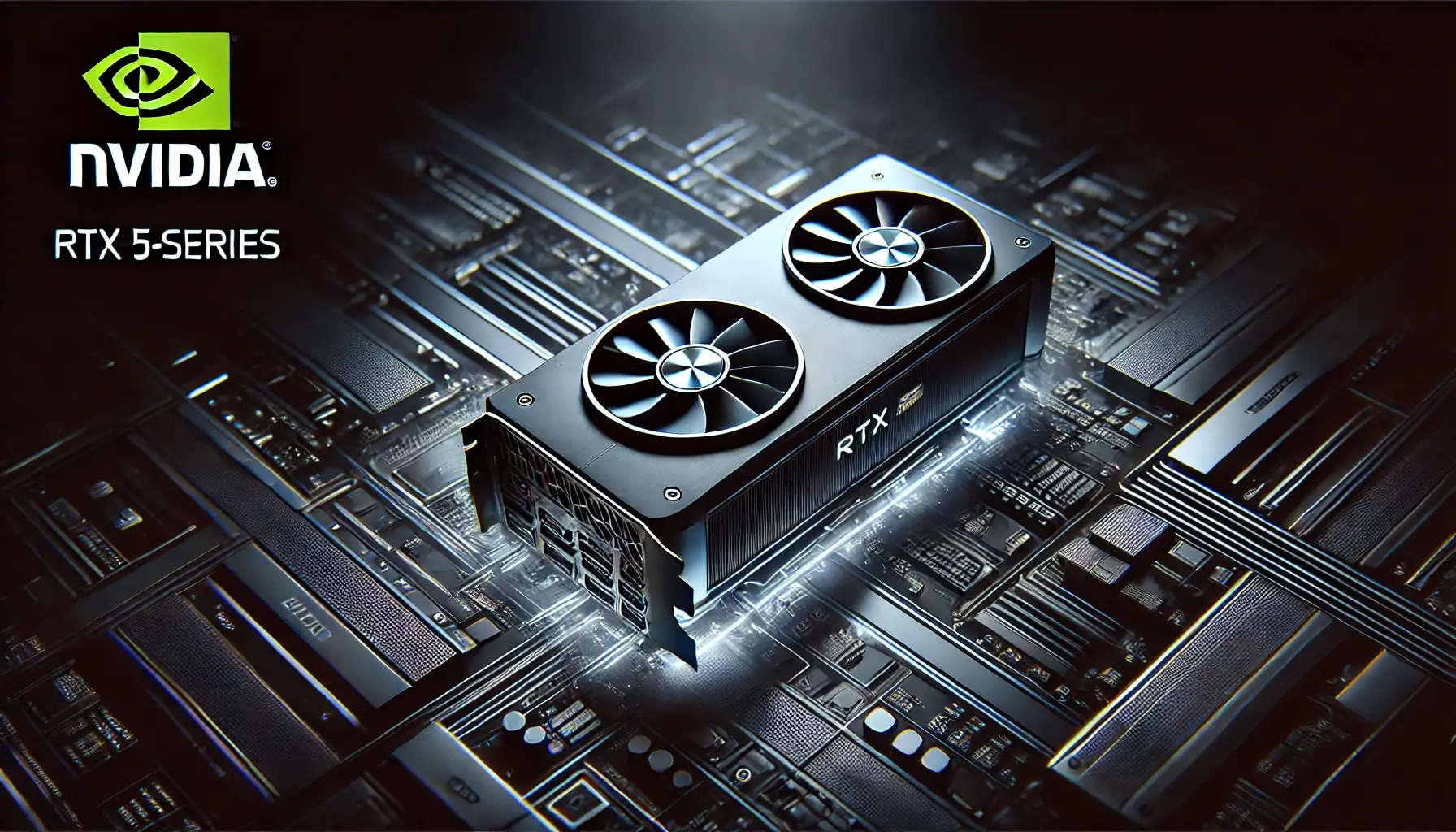At the Consumer Electronics Show (CES) 2025, NVIDIA introduced its latest RTX 50-series graphics cards, featuring the groundbreaking DLSS 4 technology. This advancement is set to redefine gaming and creative workflows by enhancing performance and visual fidelity.
DLSS 4: Revolutionizing AI-Powered Graphics
DLSS 4 (Deep Learning Super Sampling) introduces Multi Frame Generation, an AI-driven feature that creates additional high-quality frames, significantly boosting frame rates and ensuring smoother gameplay. This technology leverages fifth-generation Tensor Cores in the new RTX 50-series GPUs to deliver superior image quality and responsiveness.
RTX 50-Series: A Leap in GPU Performance
The RTX 50-series lineup, including the flagship RTX 5090, offers substantial improvements over previous generations. These GPUs are designed to handle the most demanding applications, from high-resolution gaming to complex AI workloads, providing users with unparalleled performance and efficiency.

Key Features of the RTX 50-Series:
- Enhanced Ray Tracing: Improved real-time ray tracing capabilities for more realistic lighting and shadows.
- In: Higher core counts for better parallel processing and multitasking.
- Advanced Cooling Solutions: Innovative cooling designs to maintain optimal temperatures during intensive tasks.

Availability and Pricing
NVIDIA announced that the RTX 50-series GPUs will be available starting Q2 2025, with pricing details to be revealed closer to the launch date. The company aims to cater to a wide range of users, from gamers seeking top-tier performance to professionals requiring robust computational power.
Implications for the Industry
The introduction of DLSS 4 and the RTX 50-series GPUs signifies a significant advancement in graphics technology. By integrating AI more deeply into graphics processing, NVIDIA continues to push the boundaries of what is possible, setting new standards for performance and visual quality in the industry.

Stay tuned for more updates on NVIDIA’s latest innovations and prepare to experience the future of graphics technology.

